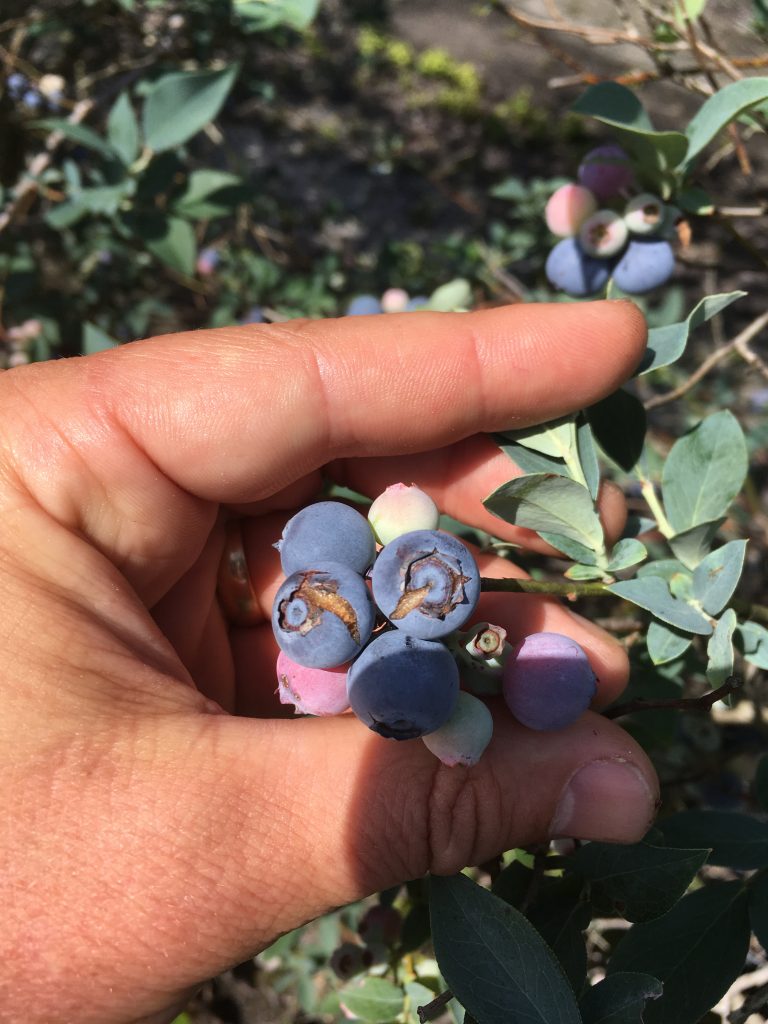
By Clint Thompson
Increased rainfall in Georgia has blueberry industry experts and farmers concerned about a repeat of last year’s fruit splits.
Jonathan Oliver, University of Georgia (UGA) assistant professor and small fruits pathologist, explains how increased moisture damages the fruit that’s still left to be harvested.
“Once the berry is really ripe, the skin on the berry can’t expand anymore. Any moisture on the outside of that berry risks being taken directly through the skin into the berry and basically splitting that berry. Whenever we have splits on fruit, that can cause rots and basically a degradation of the fruit quality,” Oliver said. “That is a concern. I haven’t heard a lot about that at this point. A lot of the rainfall has been fairly recent. Earlier on it was drier. There was a major issue with it last year and it led to some yeast rot problems. I have not heard of that at this point, but we are a little bit concerned about it.”
May was extremely dry for the blueberry-producing region in Southeast Georgia. However, much of that drought has dissipated in June. According to the U.S. Drought Monitor, only a small portion of South Georgia remains abnormally dry.
“It is a double-edge sword for sure. They do need a lot of moisture to ripen the fruit, but growers, if they have irrigation and drip irrigation especially, they can use that to supply the water that’s needed and be better not to have the rainfall, the water on the surface of the berries and the leaves at this point in the season,” Oliver said.









